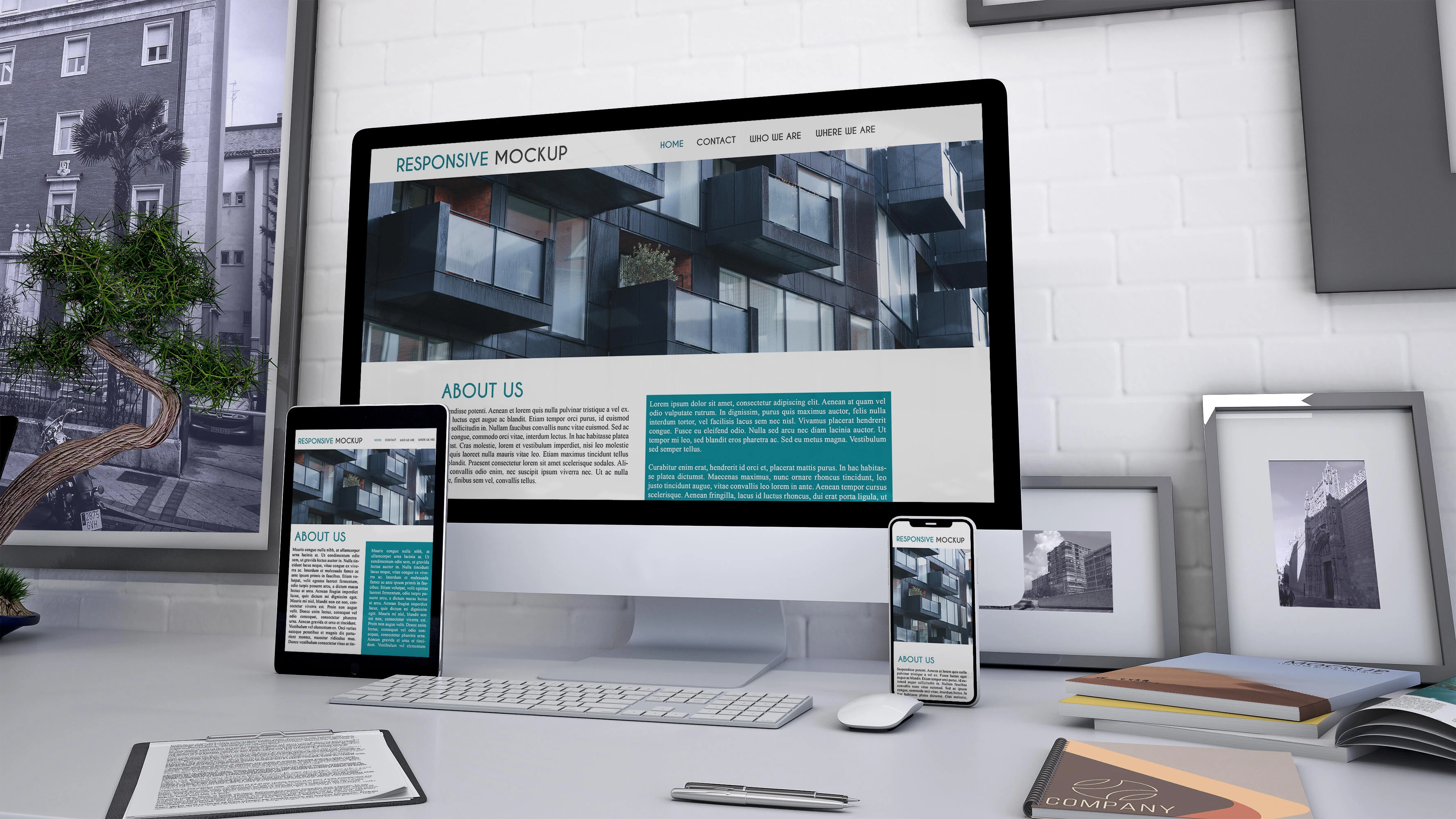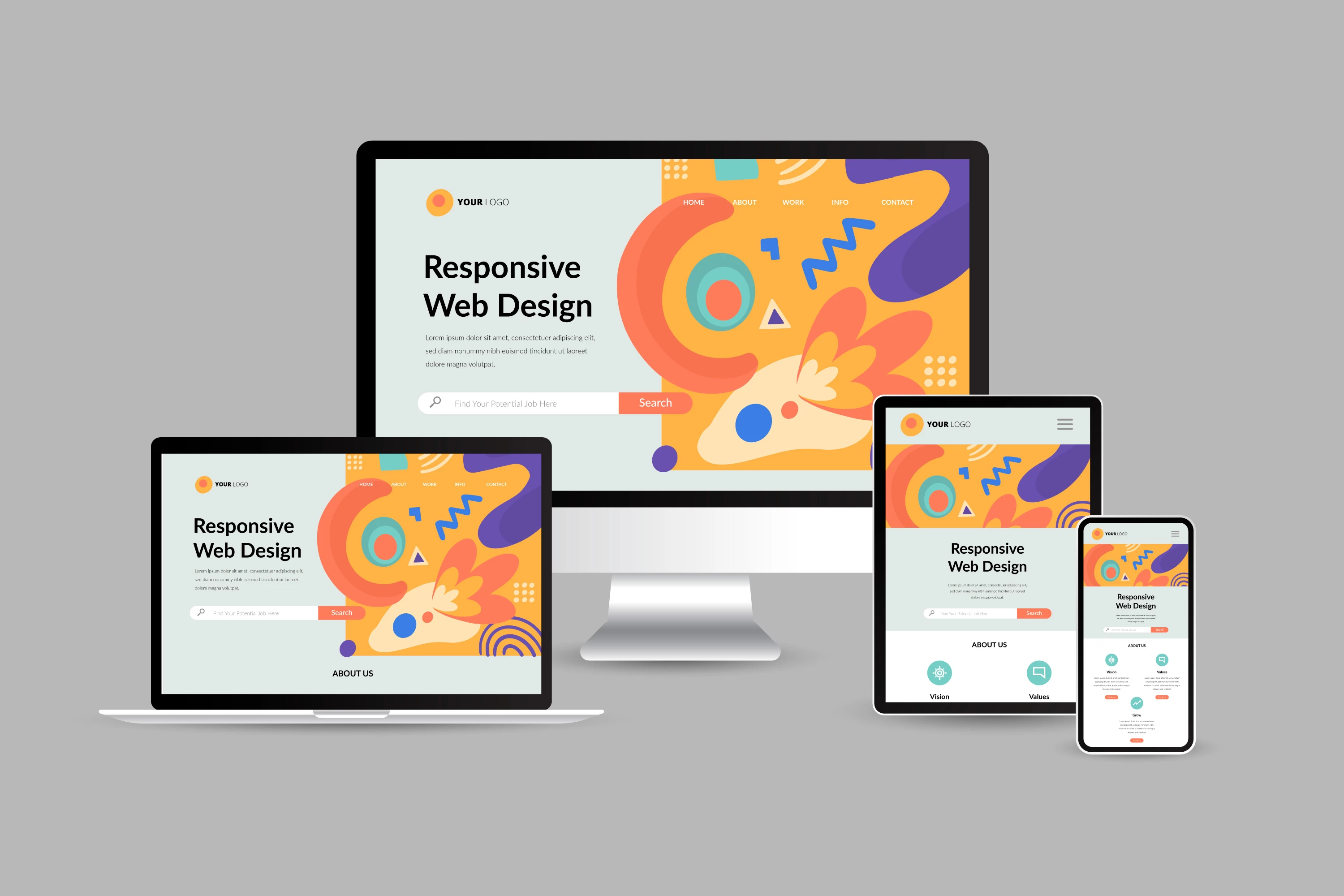How to Create a Beautiful Single-Page Website
Dec 28, 2022

Introduction
Creating an internet presence for a company, brand, or even an ideal individual can considerably boost one's overall reach and visibility. The one-page website is one of the most prevalent concepts in modern web design. When you choose to create one page rather than a large library of pages and a complete sitemap, there are a few things to bear in mind. Let us understand more about it and discuss tips for creating a beautiful single-page website.
What is a one-page website?
A one-page website is precisely what its name implies. It is a website that uses one page to deliver concise and straightforward information about a product, service, or even an idea. Building the best one-page websites is feasible for almost anyone, regardless of expertise level, by utilizing optimal scrolling solutions, aesthetically pleasing visuals, and mobile-friendly and responsive design.
What are the advantages of developing a one-page website?
Choosing to build your website as a one-page site is a huge decision that should not be taken lightly, especially if you are launching an entire brand or generating cash through your website.
One-page websites provide a quick and clear reading experience, easy scrolling, mobile compatibility, and a clean design. People appreciate the simplicity of one-page websites in a world where users are continuously bombarded with too much content.
One-page websites are a good choice for a wide range of websites, but they are not flawless one-size-fits-all solutions.
Some of its prevalent advantages are:
Mobile-friendly and responsive design
Because more people than ever are using the web on mobile cellphones and portable devices, a one-page website makes sense in many cases. A one-page website can assist in streamlining the process, minimize your website's bounce rate, and make visitors stay on your site for longer periods if you want to reach out to as many users as possible and target mobile users or those on the go.
Increased link authority
If rankings are important to you, depending on the purpose and aims of your website, consider employing a one-page website style or template for your own site. In some cases, one-page websites may help boost link authority in leading search engines such as Google, DuckDuckGo, Yahoo!, and Bing. Because all of the information you want to convey is available on a single page of your website, you may reduce the time it takes for your website to be practically crawled and correctly indexed on multiple search engines.
Budget-friendly
A one-page website is frequently significantly cheaper than a fully filled-out website with tens of hundreds of pages if you are employing an individual or a team to design your website.
Simplified Analytics
You can experience simpler statistics and analytics in real-time because you are simply referring users to one page of your website.
How to know if a one-page website is the right choice for you?
Make sure a one-page website is the best solution for your project or business before you develop one. Here are some pointers to help you evaluate whether a one-page website is good for you.
When should you use a one-page website?
One-page websites are ideal if you don't have a lot of content or if your content is tightly related, such as:
- Individual web pages or online portfolios
- Small company websites that sell a limited number of products or services
- A campaign-specific landing page
- Freelancer or CV page
- One-time occurrences (such as weddings and conferences)
When to Avoid Using a One-Page Website
A one-page website is not a suitable solution if your website is content-heavy, sophisticated, or contains a lot of information.
How to Create a Beautiful Single-Page Website
You've determined that a single-page website is ideal for your website requirements. What happens next? Let's go over the six tips for creating a lovely one.
6 pointers for creating a stunning one-page website
Set objectives for your one-page website
Know why you are creating your website. Are you attempting to acquire new prospective clients, or are you attempting to spread the word about your website as much as possible by using viral material such as videos and pertinent information? Do your consumers prefer to access the web on a PC or on a mobile smartphone? What demographics do you hope to reach through your website? How frequently does your target audience shop online or look for new businesses and brands to support? What is the current level of competition in the industry you represent and the market you are attempting to enter?
Maintain simplicity
The importance of presentation in developing a great one-page website cannot be overstated. The key point to remember is that less is more. Consider your core message before creating your website. Then, ensure that your material is easy to read and that your content is brief and to the point.
Users expect to access important information quickly when they come to your website. Visitors should not waste time looking for your company's contact information or an overview. To accomplish this, prioritize and eliminate any unnecessary information. One simple approach to achieve this is to consider how your target audience reads and processes information. What vital facts will they be seeking? Is your core content answering the five Ws: Who, What, Why, When, and Where?
Create a logical layout
We live in a fast-paced society. Plan and conceive how you want to structure your information to produce an effortless reading experience. Make each piece of content count by organizing it into logical parts that allow users to locate what they're looking for easily.
The cone principle is one technique to arrange your website like a professional. Important information, such as what your website is about, should be near the top of your website. Drill down gradually to more precise, supporting facts. Assume you're constructing a wedding website. The most relevant information, such as who is being married and when and where the ceremony will take place, should be shown at the top of your page. The registry and other less relevant information are included at the bottom of the page.
Use multimedia to bolster your story
Did you know that 65% of people learn visually? As visual creatures, visual material is one of the best methods to tell your narrative. Readers will quickly lose interest if you don't break up extensive content with multimedia, no matter how smart your writing is. Add photographs, videos, and slideshows to your content to attract and inform your readers.
--> Pictures: Creating a remarkable one-page website requires the use of beautiful images. Invest in some eye-catching, high-quality photographs to ensure you make the best first impression on readers. Striking photos set the tone, reflect your brand, and encourage users to stay on your website. Discover how to produce fantastic professional product pictures. Have trouble finding nice photos? Check out some of our best royalty-free stock picture resources.
--> Video: Video viewers spend more time on websites, and it's a great method to make your material more engaging.
--> Slideshows: Looking for a visually appealing way to exhibit a collection of images? Slideshows are an excellent approach to keep your viewers interested by displaying various photos.
Design an easy-to-use navigation system
Even if consumers can just scroll across your website, you still require navigation to keep your website user-friendly. People can use the navigation to find specific information about your product or service. Instead of directing your visitors to distinct pages of your website, you may use anchor links to hop to different points on the same website.
It's critical to make your navigation simple on a one-page website. Is there a pattern here? Consider the 5 W's again, as well as what navigation links are required to build a clear website. In your navigation, do not direct your visitors to external websites. It's too perplexing, and they might think it's a broken link. If you must redirect users to external sites, utilize symbols to indicate where they are being diverted.
Create compelling calls to action
An important aspect is the creation of a powerful CTA. For starters, let us define CTA. It is a graphical feature that inspires or urges site visitors to take specific actions, such as purchasing, downloading, subscribing to a newsletter, etc. In other words, a CTA must directly convey to a user what they must do and what the webpage owner expects of them. The use of such features boosts sales and provides strong product promotion.
To be effective and efficient, your CTA must:
- Be intuitive, logical, and concise.
- Be placed in the user's field of view (ideally, at the top of the page, or it can be static and non-scrollable).
- Encourage users to perform a single (!) action - buy, register, subscribe, etc.
- Stand out visually against the background of the other graphical elements by color and form (typically, the CTA is placed in separate containers or buttons); and
If you're wondering how to make a one-page website, pay special attention to the CTA content.
The prerequisites are as follows:
- The text must have positive customer reviews (don't keep them overly positive, though, as this can be too striking and reduce CTA efficiency).
- The text must incorporate specific confirmed statistical data (this can increase your potential customers' confidence level).
- The text must outwardly demonstrate the service's or product's value for the user.
- The text must respect the user's boundaries (sentences such as "you are nothing without our product" are not permitted).
- The urgency impression to purchase must be achieved ('only a few items left, 'the discount is available until the end of the day, etc.).
Conclusion
While not every company needs a one-page website design, they must be considered for specific projects, depending on your primary purpose. It's best to counter the benefits and drawbacks of creating a single-page website depending on your specific requirements before deciding.
A one-page website does not always have to be in the traditional long-scrolling format. You can experiment with navigation or expand other page sections when visitors click or scroll to them.
Author

Share
Share
Related

Top 7 Website Designs for Schools in 2025
4 mins : Nov 28, 2023

Everything You Should Know About The Ideal Screen Size For Responsive Design
6 mins : Apr 26, 2024

The Future Of Responsive Web Design: Emerging Trends, Innovations And Predictions In 2025
7 mins : Apr 23, 2024



